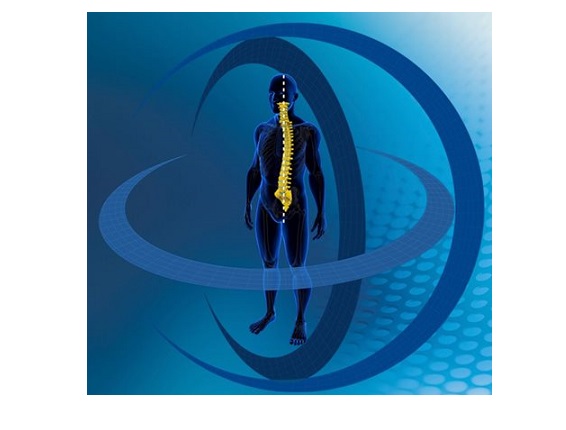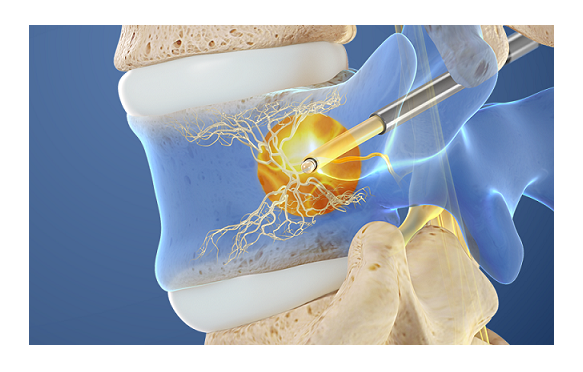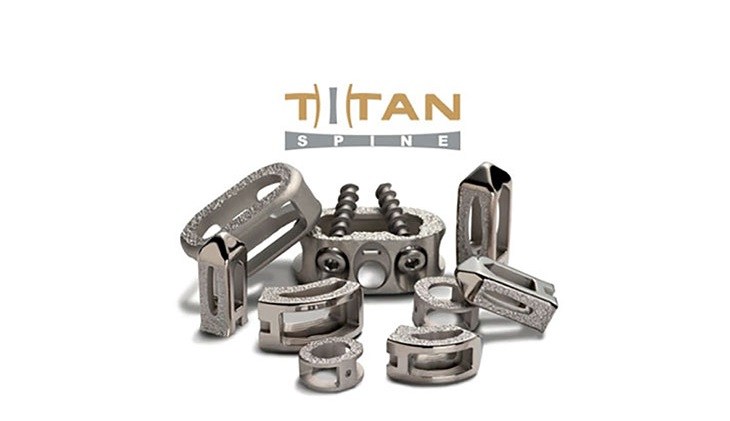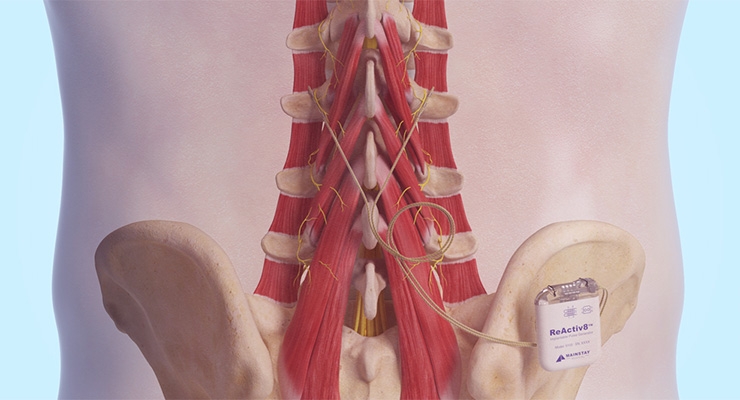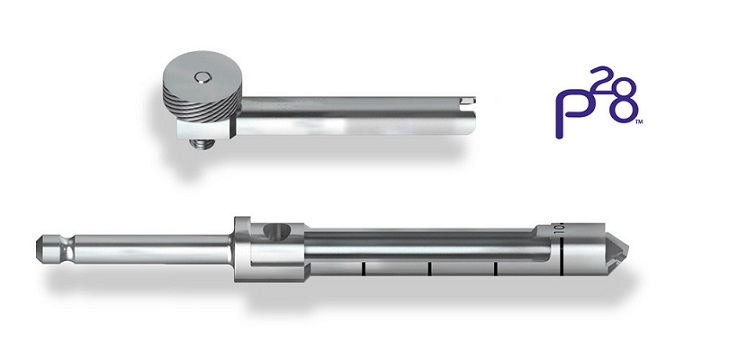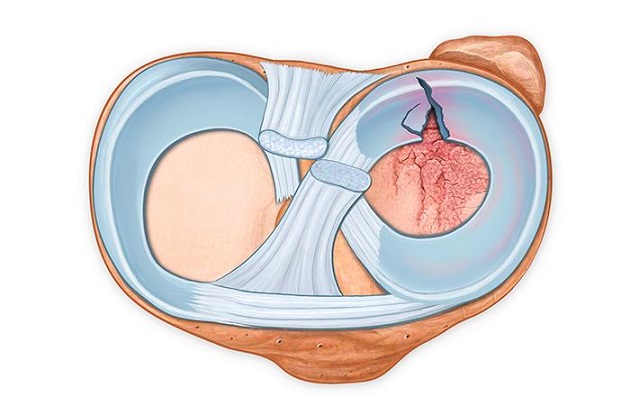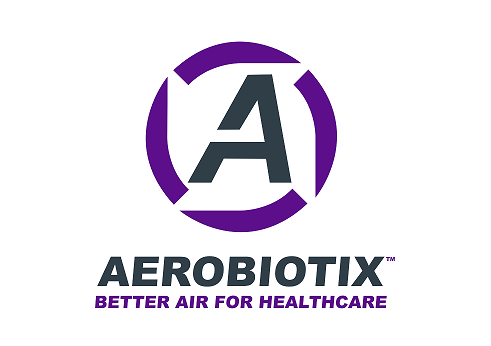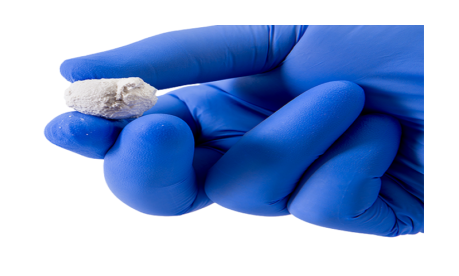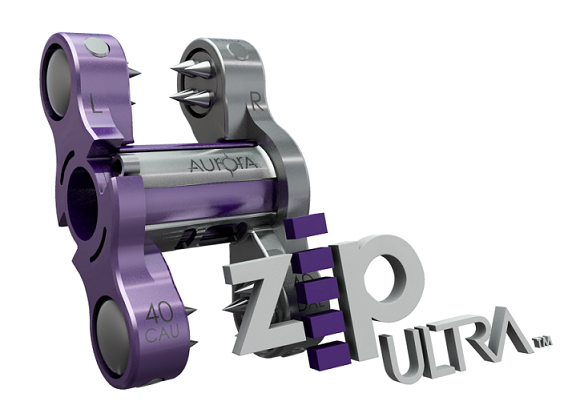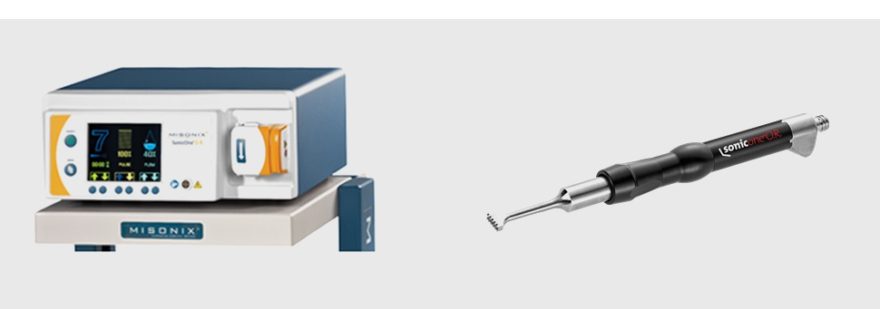 LEESBURG, Va., July 10, 2018 (GLOBE NEWSWIRE) — K2M Group Holdings, Inc. (NASDAQ:KTWO) (the “Company” or “K2M”), a global leader of complex spine and minimally invasive solutions focused on achieving three-dimensional Total Body Balance™, today announced it will showcase its 3D spinal balance portfolio and Balance ACS® Platform at the 25th International Meeting on Advanced Spine Techniques (IMAST) in Los Angeles, CA, at Booth #29. Additionally, the Company will host four interactive workshops facilitated by distinguished leaders in spine surgery.
LEESBURG, Va., July 10, 2018 (GLOBE NEWSWIRE) — K2M Group Holdings, Inc. (NASDAQ:KTWO) (the “Company” or “K2M”), a global leader of complex spine and minimally invasive solutions focused on achieving three-dimensional Total Body Balance™, today announced it will showcase its 3D spinal balance portfolio and Balance ACS® Platform at the 25th International Meeting on Advanced Spine Techniques (IMAST) in Los Angeles, CA, at Booth #29. Additionally, the Company will host four interactive workshops facilitated by distinguished leaders in spine surgery.
“K2M is excited to attend this year’s IMAST, a prestigious meeting for surgeons to explore the latest topics, technologies, and techniques in spinal deformity,” said John P. Kostuik, MD, Chief Medical Officer and Co-founder at K2M. “Over the past year, we have grown our product offering—as evidenced by our 100th product milestone and our launch of BACS Patient-Specific Rods & Rails at IMAST. We remain committed each day to inventing new solutions that help surgeons improve the lives of people living with spinal disease.”
At the meeting, K2M will showcase its comprehensive 3D spinal balance portfolio. Products include the YUKON™ OCT Spinal System, NILE® Alternative Fixation Spinal System, RAVINE® Lateral Access System, EVEREST® MI and MI XT Spinal Systems, CHESAPEAKE® Anterior-Lumbar Stabilization System, OZARK™ Cervical Plate Systems, and more.
The Company will also feature Balance ACS (BACS®), which provides solutions to help surgeons achieve balance of the spine by addressing each anatomical vertebral segment with a 360-degree approach to the axial, coronal, and sagittal planes, emphasizing Total Body Balance as an important component of surgical success.
K2M to Host Interactive Workshops in Diamond Salon 6
- Techniques for Correcting Cervical Spine Deformities
Wednesday, July 11 (4:00–6:00 p.m.)
Christopher Ames, MD; Steven Glassman, MD; Jeffrey Gum, MD
- Using Spinopelvic Parameters to Optimize Correction in the Adult Patient
Thursday, July 12 (12:30–1:30 p.m.)
Christopher Ames, MD; Shay Bess, MD; Robert Lee, BSc, FRCS
- Alternative Fixation Using Band Technology
Thursday, July 12 (5:15–6:15 p.m.)
Gregory Mundis, MD; Burt Yaszay, MD
- Hybrid Approaches to Deformity Surgery
Friday, July 13 (12:00–1:00 p.m.)
Robert Lee, BSc, FRCS
For more information on K2M’s complete product portfolio, visit www.K2M.com. For more information on Balance ACS, visit www.BACS.com.
About K2M Group Holdings, Inc.
K2M Group Holdings, Inc. is a global leader of complex spine and minimally invasive solutions focused on achieving three-dimensional Total Body Balance. Since its inception, K2M has designed, developed, and commercialized innovative complex spine and minimally invasive spine technologies and techniques used by spine surgeons to treat some of the most complicated spinal pathologies. K2M has leveraged these core competencies into Balance ACS, a platform of products, services, and research to help surgeons achieve three-dimensional spinal balance across the axial, coronal, and sagittal planes, with the goal of supporting the full continuum of care to facilitate quality patient outcomes. The Balance ACS platform, in combination with the Company’s technologies, techniques and leadership in the 3D-printing of spinal devices, enable K2M to compete favorably in the global spinal surgery market. For more information, visit www.K2M.com and connect with us on Facebook, Twitter, Instagram, LinkedIn and YouTube.
Forward-Looking Statements
This press release contains forward-looking statements that reflect current views with respect to, among other things, operations and financial performance. Forward-looking statements include all statements that are not historical facts such as our statements about our expected financial results and guidance and our expectations for future business prospects. In some cases, you can identify these forward-looking statements by the use of words such as, “outlook,” “guidance,” “believes,” “expects,” “potential,” “continues,” “may,” “will,” “should,” “could,” “seeks,” “predicts,” “intends,” “plans,” “estimates,” “anticipates” or the negative version of these words or other comparable words.
Such forward-looking statements are subject to various risks and uncertainties including, among other things: our ability to achieve or sustain profitability in the future; our ability to demonstrate to spine surgeons and hospital customers the merits of our products and to retain their use of our products; pricing pressures and our ability to compete effectively generally; collaboration and consolidation in hospital purchasing; inadequate coverage and reimbursement for our products from third-party payers; lack of long-term clinical data supporting the safety and efficacy of our products; dependence on a limited number of third-party suppliers; our ability to maintain and expand our network of direct sales employees, independent sales agencies and international distributors and their level of sales or distribution activity with respect to our products; proliferation of physician-owned distributorships in the industry; decline in the sale of certain key products; loss of key personnel; our ability to enhance our product offerings through research and development; our ability to maintain adequate working relationships with healthcare professionals; our ability to manage expected growth; our ability to successfully acquire or invest in new or complementary businesses, products or technologies; our ability to educate surgeons on the safe and appropriate use of our products; costs associated with high levels of inventory; impairment of our goodwill and intangible assets; disruptions to our corporate headquarters and operations facilities or critical information technology systems or those of our suppliers, distributors or surgeon users; our ability to ship a sufficient number of our products to meet demand; our ability to strengthen our brand; fluctuations in insurance cost and availability; our ability to remediate the material weaknesses in our IT general controls; our ability to comply with extensive governmental regulation within the United States and foreign jurisdictions; our ability to maintain or obtain regulatory approvals and clearances within the United States and foreign jurisdictions; voluntary corrective actions by us or our distribution or other business partners or agency enforcement actions; recalls or serious safety issues with our products; enforcement actions by regulatory agencies for improper marketing or promotion; misuse or off-label use of our products; delays or failures in clinical trials and results of clinical trials; legal restrictions on our procurement, use, processing, manufacturing or distribution of allograft bone tissue; negative publicity concerning methods of tissue recovery and screening of donor tissue; costs and liabilities relating to environmental laws and regulations; our failure or the failure of our agents to comply with fraud and abuse laws; U.S. legislative or Food and Drug Administration regulatory reforms; adverse effects associated with the exit of the United Kingdom from the European Union; adverse effects of medical device tax provisions; potential tax changes in jurisdictions in which we conduct business; our ability to generate significant sales; potential fluctuations in sales volumes and our results of operations over the course of a fiscal year; uncertainty in future capital needs and availability of capital to meet our needs; our level of indebtedness and the availability of borrowings under our credit facility; restrictive covenants and the impact of other provisions in the indenture governing our convertible senior notes and our credit facility; worldwide economic instability; our ability to protect our intellectual property rights; patent litigation and product liability lawsuits; damages relating to trade secrets or non-competition or non-solicitation agreements; risks associated with operating internationally; fluctuations in foreign currency exchange rates; our ability to comply with the Foreign Corrupt Practices Act and similar laws; increased costs and additional regulations and requirements as a result of being a public company; our ability to implement and maintain effective internal control over financial reporting; potential volatility in our stock price; our lack of current plans to pay cash dividends; potential dilution by the future issuances of additional common stock in connection with our incentive plans, acquisitions or otherwise; anti-takeover provisions in our organizational documents and our ability to issue preferred stock without shareholder approval; potential limits on our ability to use our net operating loss carryforwards; and other risks and uncertainties, including those described under the section entitled “Risk Factors” in our most recent Annual Report on Form 10-K filed with the SEC, as such factors may be updated from time to time in our periodic filings with the SEC, which are accessible on the SEC’s website at www.sec.gov. Accordingly, there are or will be important factors that could cause actual outcomes or results to differ materially from those indicated in these statements. These factors should not be construed as exhaustive and should be read in conjunction with the other cautionary statements that are included in this release and our filings with the SEC.
We operate in a very competitive and challenging environment. New risks and uncertainties emerge from time to time, and it is not possible for us to predict all risks and uncertainties that could have an impact on the forward-looking statements contained in this release. We cannot assure you that the results, events and circumstances reflected in the forward-looking statements will be achieved or occur, and actual results, events or circumstances could differ materially from those described in the forward-looking statements.
The forward-looking statements made in this press release relate only to events as of the date on which the statements are made. We undertake no obligation to publicly update or review any forward-looking statement, whether as a result of new information, future developments or otherwise, except as required by law. We may not actually achieve the plans, intentions or expectations disclosed in our forward-looking statements and you should not place undue reliance on our forward-looking statements. Unless specifically stated otherwise, our forward-looking statements do not reflect the potential impact of any future acquisitions, mergers, dispositions, joint ventures, investments or other strategic transactions we may make.
Media Contact:
Zeno Group on behalf of K2M Group Holdings, Inc.
Christian Emering, 212-299-8985
Christian.Emering@ZenoGroup.com
Investor Contact:
Westwicke Partners on behalf of K2M Group Holdings, Inc.
Mike Piccinino, CFA, 443-213-0500
K2M@westwicke.com

